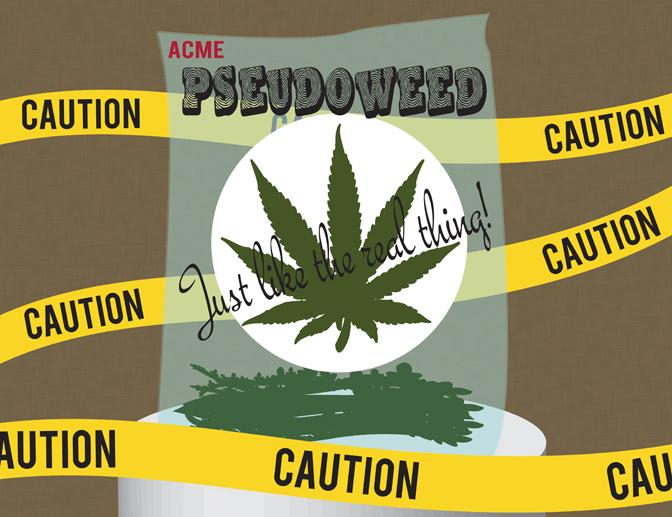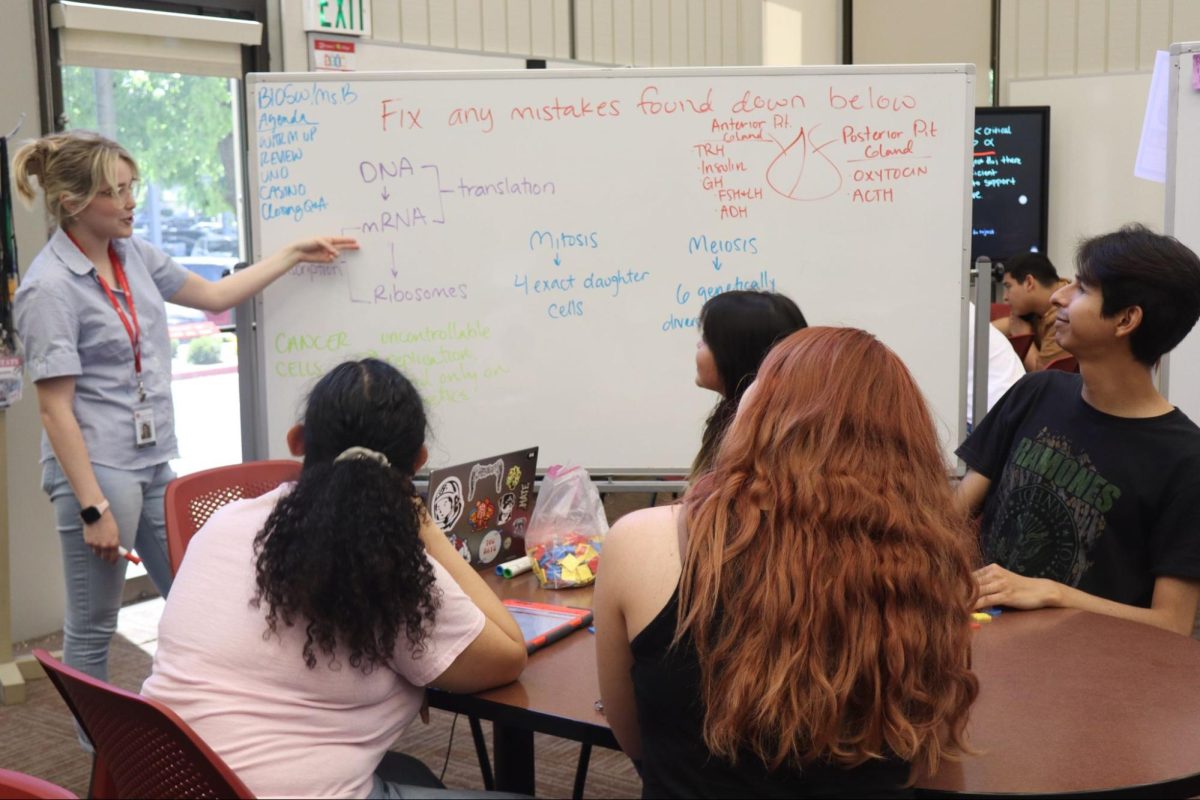As the debate over whether marijuana should be made legal in the United States rages on, its users have found a legal alternative which has shown to have some horrifying side effects, namely, severe brain damage and death.
According to the New York Daily News, 17-year-old Emily Bauer of Cypress, Texas, has been left blind, brain damaged and paralyzed after smoking synthetic marijuana that she bought at a gas station.
Thinking she had a migraine, she went to lie down. However, the pain she was experiencing was not as simple as a migraine. Bauer was suffering multiple strokes which put her into a psychotic state. After 24 hours of hallucinations, running into walls, urinating on herself and finally becoming violent, Bauer’s family took her to the hospital. Doctors put her into a coma and discovered that the synthetic drug had caused severe vasculitis, which is a condition where the contracting blood vessels constrict the flow of blood and cut off oxygen to the brain.
Originally created as an alternative to medicinal marijuana, synthetic marijuana is sold in gas stations and smoke shops under cute brand names like “Scooby Snax,” “Mr. Happy Potpourri,” “K2” or “Spice” and is marketed as plant food or incense.
This “fake weed” became popular with the 12 to 24-year-old set as an alternative to marijuana after it was released in the U.S. in 2008. “Spice” is a blend of herbal mixtures that has been sprayed with “designer” synthetic cannabinoid compounds which give the substance its psychoactive effect.
In spite of the words “Not for human consumption” clearly written on the pretty foil packaging, kids and young adults are buying this product, rolling it in cigarette paper and smoking it for the same high they usually get from natural marijuana.
The high, however, is not the same as marijuana.
Owen Mason, a 20-year-old from Clovis, had a bad experience.
“I had a bad reaction,” said Mason. “I thought I was going to die. I mean, my brain thought I was going to die, for about three minutes. I didn’t know where I was … I knew, but I didn’t know. And I got, like, tunnel vision and nauseated.”
Besides the confusion and nausea experienced by Mason, other side effects include: panic, anxiety, paranoia, racing heart, confusion, agitation, hallucinations, slurred speech and negative mood changes.
Statistics released by the Drug Abuse Warning Network show that 11,406 people went to the emergency room in 2010 suffering from synthetic marijuana health issues. One-third of those people were between the ages of 12 and 17 and 35 percent were between the ages of 18 and 24. This number is small in comparison to the 461,028 people who went to the ER for marijuana-related causes, but it is enough for concern.
“It’s not an epidemic,” Rear Admiral Peter Delany, director of SAMHSA’s Center for Behavioral Health Statistics and Quality, told HealthDay. “But it’s a growing problem, and people need to be thinking about it, and how we’re going to deal with it.”
According to FDA Law Blog, “On February 29, 2012, the Drug Enforcement Administration (DEA) extended the temporary scheduling of five synthetic cannabinoids…” Permanent placement as a Schedule 1 drug is still pending.
Drugs and chemicals can be classified as Schedule 1 if they have a high potential for abuse, no currently accepted medical use in treatment in the United States and lack accepted safety for use under medical supervision.
The DEA noted that, “The products are being abused for their psychoactive properties.”
In 2011, California added synthetic marijuana to Health and Safety Code Section 11357.5 which makes selling, possessing, or distributing synthetic marijuana a misdemeanor. In spite of this, the product can still be found being sold in smoke shops in Clovis..
“I was in [a smoke shop on Shaw Ave.] last night buying tattoo ink,” says Mason. “They had Spice and K2 and all those right there on the wall.”
Mason is lucky he has not experienced any severe, long-term side effects from his experimentation with the synthetic drug. He has since gone into a recovery program.







